Study: Ice Age Cycles Had Little Impact on Global Weathering Rates
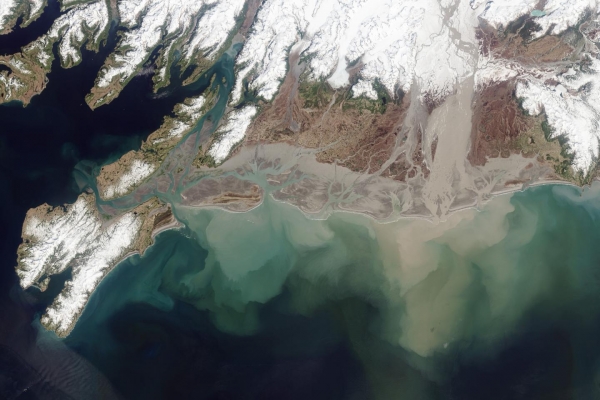
A team of researchers from Stanford University and Germany’s GFZ Research Center for Geosciences published a study on June 8th in the journal Nature Geoscience. The study which defies common expectation, reveals that the rates of chemical weathering processes appear to be unaffected by Ice Age cycles. The scientists measured these rates by comparing concentrations of isotopes in sediments dating back millions of years.
A team of researchers from Stanford University and Germany’s GFZ Research Center for Geosciences published a study on June 8th in the journal Nature Geoscience. The study which defies common expectation, reveals that the rates of chemical weathering processes appear to be unaffected by Ice Age cycles. The scientists measured these rates by comparing concentrations of isotopes in sediments dating back millions of years.
Chemical weathering processes, like rain, work to do chemically dissolve rocks into molecules that can, over time, erode mountains and coastlines. These processes affect the planet’s carbon cycle which has been a cause of great concern for scientists in the context of global climate change. Previously, it was commonly expected that weathering and sedimentation rates over the past two million years would decrease during times ice ages; cooler temperatures trap more rain as ice in glaciers leaving less liquid water to cause damage. Author of the study and a geochemist at the German Research Centre for Geosciences GEZ Potsdam, Friedhelm von Blanckenburg, spoke about previous expectations, “If you look at how these attributes of climate control weathering rates today, you would expect that weathering and sedimentation rates can vary widely between glacial to interglacial times.”
North America’s Sierra Nevada mountain range offers a singular example of the effects of ice age and non-ice age weathering. The mountain range abuts many U-shaped valleys that owe their shape to dynamic ice sheets in glacial times. As temperatures warmed, the glaciers retreated and exposed pulverized rocks which could then be transported to sea by rivers and streams leaving weathered destruction in their wakes. Today, alluvial fans, or cone-shaped sedimentation deposits are clues that the flow of ancient rivers varied with the widely changing temperatures and rainfall patterns between glacial and interglacial periods. Though compelling, this evidence only testifies to local variations in weathering and sedimentation. "If you want to know the global weathering rate," von Blanckenburg said, "you have to go to the oceans, where local variations rates are averaged out."
The scientists used a geochemical technique which compares beryllium isotopes. 10Be is a radioactive cosmogenic isotope derived from the collision of cosmic rays and the elements nitrogen and oxygen present in the Earth’s atmosphere; 9Be is naturally found in silicate rocks on Earth. "Because 10Be rains down onto Earth's continents and oceans at more or less a constant rate, it's like a clock that can be used to time processes," von Blanckenburg said. "9Be, on the other hand, can be used to calculate how much dissolved rock has washed into the oceans from rivers."
By comparing the amount of 10Be to 9Be in marine sediment layers, the scientists were able to determine the weathering rate for a period of 2.6 million years; the conclusion was that there was a negligible difference between glacial and interglacial periods. The result was verified using climate models to predict average river discharges over the same time span. The models suggest a likely reason: though the flows from rivers in the northern hemisphere were greatly affected by glacial times, rivers in the tropics remained largely unaffected. Since the tropics account for more than fifty percent of global river runoff, they largely dictate global weathering rates. A main conclusion: tropical weathering is a primary driver of atmospheric carbon dioxide over very long periods of time.
Source: EurekAlert
Source: EurekAlert
Want to read more like this story?
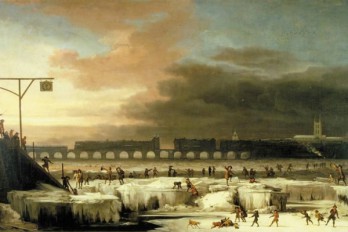
Mini Ice Age Is Coming!
Jul, 27, 2015 | NewsThe "Little Ice Age" is expected to take place in 2030 to 2040, which occurred during the 17th and 1...
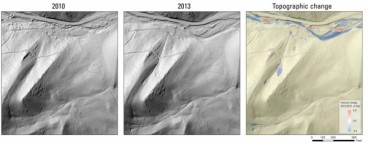
Huge Floods Sculpt Colorado’s Mountain Landscape
Apr, 03, 2015 | NewsHeavy rains in 2013 lead to devastating floods of rock, soil, and water through many cities and town...
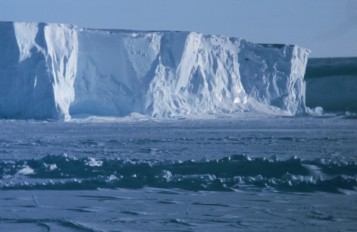
Glacial geoengineering could slow ice melting, claim glaciologists
Apr, 23, 2018 | NewsThree proposed geoengineering projects could buy us some time to address global warming Three pro...
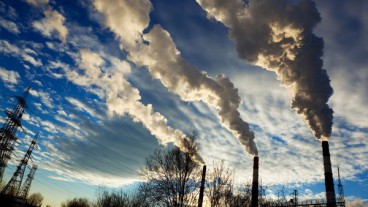
Human activity causes climate to change 170 times faster than natural forces
May, 17, 2017 | NewsResearchers determined our impact on Earth via the “Anthropocene Equation” Researcher...
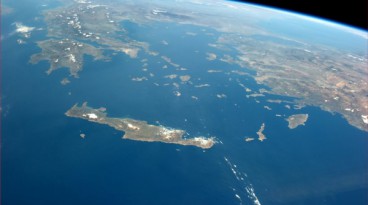
Horror Scenario For Coastal Areas
Jul, 29, 2015 | NewsClear warning from scientists, who note that the sea level rise may not be avoided even if the gover...

The Largest Ice Shelf In Antarctica Melting
Jul, 06, 2015 | NewsScientists warn that the global warming may cause the detachment of the largest ice shelf in Antarct...
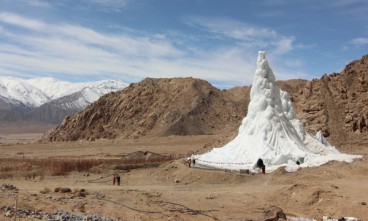
The ‘ice stupas’ could solve the water crisis in the high desert of the Himalayas
Jun, 15, 2018 | NewsArtificial glaciers are used to store the flowing winter water -that otherwise is wasted down the st...

The Earth Is Still Too Hot!
Jun, 08, 2015 | NewsDespite the widespread impression that in recent years there has been some respite and slowdown in c...
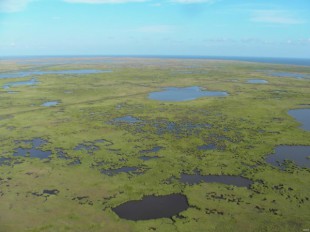
A new study predicts that Mississippi Delta may drown for good
May, 22, 2020 | NewsAccording to a new study, the marshes in the Mississippi Delta may permanently drown as a result of...
Trending

Vertical gardens in Mexico City to combat pollution

Saudi Park Closed After 360 Big Pendulum Ride Crashes to Ground, 23 injured

Characteristics of Load Bearing Masonry Construction

Taipei 101’s impressive tuned mass damper

Dutch greenhouses have revolutionized modern farming

Federal court rules Biden’s offshore drilling ban unlawful


